
Know YOUR MARKET, Win YOUR TRADES
As you all know well, the stock market can present traders with an abundance of opportunities derived from high levels of both liquidity and volatility.
Traders can gain exposure in the market in any way they prefer. They can do so, for example, by using any of an almost infinite number of online exchanges or over-the-counter and they can trade actual shares or CFDs (Contract for Difference).
Another important choice traders and investors are free to make is whether to specialize in one or two sectors of the stock market or diversify their portfolio with the stock of companies across all industries. Traders generally make these sorts of decisions based on their Sector Analysis findings.
What is “Sector Analysis” and why is it important in Stock Trading?
Sector analysis plays a crucial role in forex trading as it enables traders to make informed decisions based on the performance and trends within specific industries. By analyzing the 11 different sectors of the stock market, traders can identify potential opportunities and risks associated with each sector.
All market participants can analyze the sector’s past and current performance to understand which industries are growing/declining and the best-performing stock in each sector and industry, and traders are able to identify potential changes in each sector and the market as a whole.
Sector analysis allows traders to gain insights into how different industries are performing, helping them understand which sectors are thriving and which ones may be struggling. This information can guide traders in selecting stocks that match their investment objectives and risk tolerance.
Most of the traders who use sector analysis believe that certain sectors of the economy perform better at different stages of the business cycle and that identifying these sectors can help them find profitable investments.
Furthermore, sector analysis helps traders diversify their portfolios by investing in various sectors. By spreading their trades across multiple sectors, traders can minimize their exposure to any single industry’s volatility or downturns unless they chose to do otherwise.
An individual can choose to invest in a single company, within an industry, or across multiple sectors to increase exposure and reduce risk.
Whichever way we look at it, sector analysis provides valuable insights into the stock market, allowing traders to make better-informed decisions based on industry-specific trends and performance, and this can be vital in Stock Trading.
What are the 11 sectors of the stock market?
Created in 1999 (by MSCI and Standard & Poor’s), the “GICS system” is what dictates today how companies’ stocks are divided into groups, sub-groups, and sectors. However, generally speaking, stocks are divided, categorized, and grouped together according to their similarity, the industries they belong to, and the potential/risk of price change relative to each other.
As James Royal puts it: “That division ultimately impacts how many sector-based index funds are created and which companies are included and left out of any given index. The classification system shapes that decision”.
As of March 2023, the GICS system divides the market into 11 sectors formed by 25 industry groups and 74 industries…
… don’t worry, we are just going to stick to the “eleven sectors” for now.
And – in no particular order – these are:
-
Financial
Analyze interest rates, economic indicators, and financial regulations to gauge the health of banks, insurance companies, and other financial institutions. Evaluate factors like profitability ratios, loan quality, and capital adequacy.
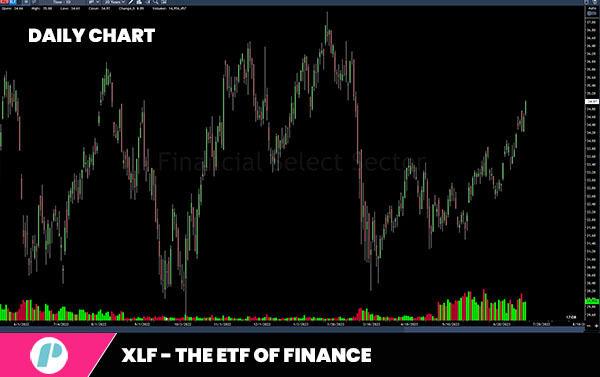
-
Information Technology
Consider revenue growth, research and development expenditure, competitive advantages, and scalability when evaluating tech stocks. Due to the rapid pace of technological advancements, traders must remain vigilant of shifts in consumer preferences, regulatory environments, and intellectual property protection. Additionally, geopolitical tensions and global trade policies can impact the performance of tech stocks.

-
Energy
Stay updated on geopolitical events, industry regulations, and global demand trends to identify opportunities in the oil, natural gas, and renewable energy sectors. Consider factors such as production costs and political stability when evaluating investments.

-
Real Estate
The real estate sector of the stock market is known for its consistency and resilience. Investors looking for stable returns often consider real estate investment trusts (REITs).
Analyze factors such as location, property types, rental rates, and occupancy rates to evaluate the potential performance of real estate stocks.
-
Utilities
Trading utilities stocks can be seen as a defensive strategy due to their relatively stable returns and regular dividend payments.
Consider factors such as the regulatory environment, infrastructure investments, and the shift toward renewable energy sources to make informed trading decisions.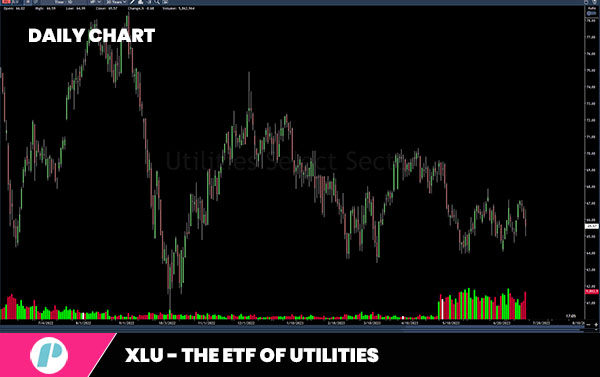
-
Health Care
Constant innovation, regulatory approvals, and significant research and development activities make healthcare stocks an exciting market to explore.
Stay up to date with medical advances, regulatory changes, and competition within the sector to make well-informed trading decisions.
-
Consumer Staples
Look for stable and defensive stocks that offer essential products or services, even during economic downturns. Monitor factors like brand loyalty, market share, and pricing power.
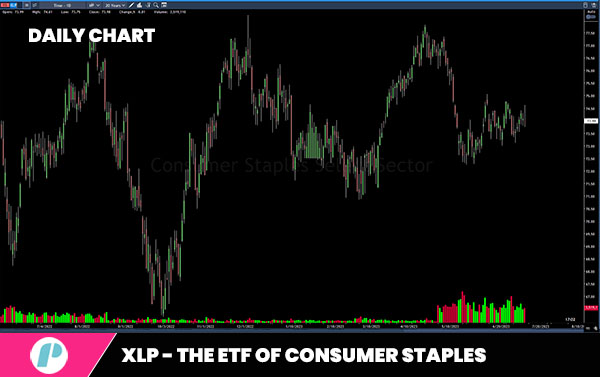
-
Consumer Discretionary
Focus on trends and consumer sentiment to identify companies with high growth potential. Look for companies offering innovative products or services that cater to changing consumer preferences.

-
Communication Services
Make sure your decisions are well-informed when trading stock in the Communication Services sector. Do it by monitoring the economic cycle, consumer demand, technological innovations, international deals, and the regulatory environment.
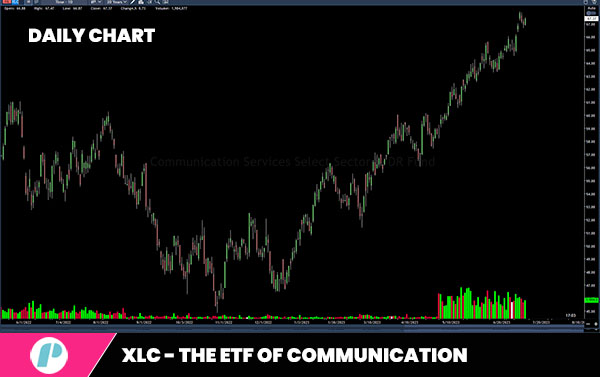
-
Industrial
The industrial sector comprises companies involved in manufacturing, construction, engineering, transportation, and other related activities.
Be aware of economic growth, business spending, infrastructure development, and demand for products and services.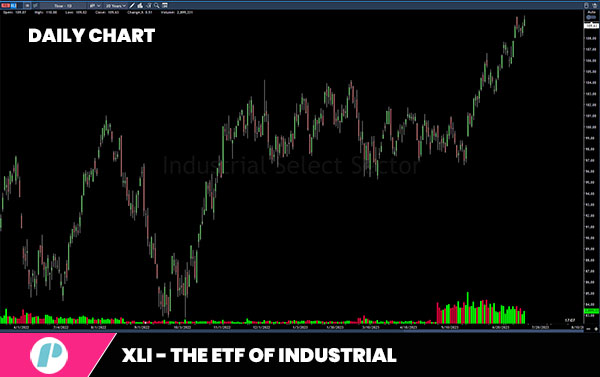
-
Materials
The material sector includes companies engaged in activities related to mining, metals, chemicals, forestry, paper, and packaging.
Pay particular attention to commodity prices, supply and demand dynamics, global economic conditions, and industry-specific factors.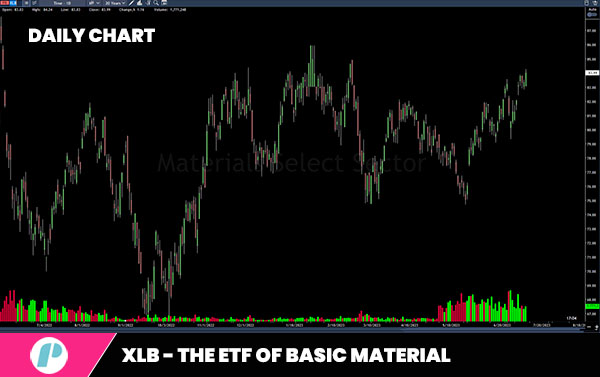
Remember!
Whether you want to specialize in one or a few sectors or prefer to diversify your exposure throughout numerous sectors with a vast array of stock, do make sure you do your own research and that you – as a trader – familiarize yourself with the sector (or sectors) you operate in.
Read and learn more about the fundamentals on our blog
If you liked this post make sure to share it!





